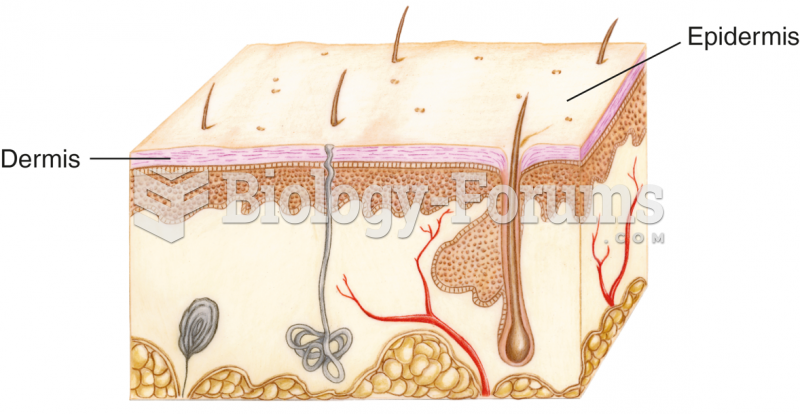Answer to Question 1
Ans:
C, D
Feedback:
Actinic keratoses are the most common premalignant skin lesion that develops on sun-exposed areas. The lesions are often multiple and more easily felt than seen. The lesions are described as dry, brown, and scaly approximately 1 cm in diameter. A few of the lesions may be showing some ulceration. Tan to brown lesions commonly called liver spots are located on the forearm and hands. Liver spots are considered risks for the development of skin cancer and should be treated. Keratoses are a horny growth or an abnormal growth of the keratinocytes. A seborrheic keratosis is a benign, sharply circumscribed, wartlike lesion that has a stuck-on appearance. Soft, flesh-colored papule located on the neck, axilla (armpit), and intertriginous areas are skin tags. A seborrheic keratosis is a wartlike, tan brown or black lesion that is sharply outlined and a few centimeters in diameter. Strawberry nevus, or hemangioma, is named for its color. This red tinge to your skin comes from a collection of blood vessels close to your skin's surface. While the hemangioma can be anywhere, the most common locations are the face, scalp, back, or chest. It is very common and noncancerous.
Answer to Question 2
Ans:
D
Feedback:
While care providers would certainly try to maintain blood supply and mobility, the primary goal in the treatment of bone metastases is to prevent pathologic fractures. Complete elimination of neoplastic cells is not commonly attainable with radiation treatment.








